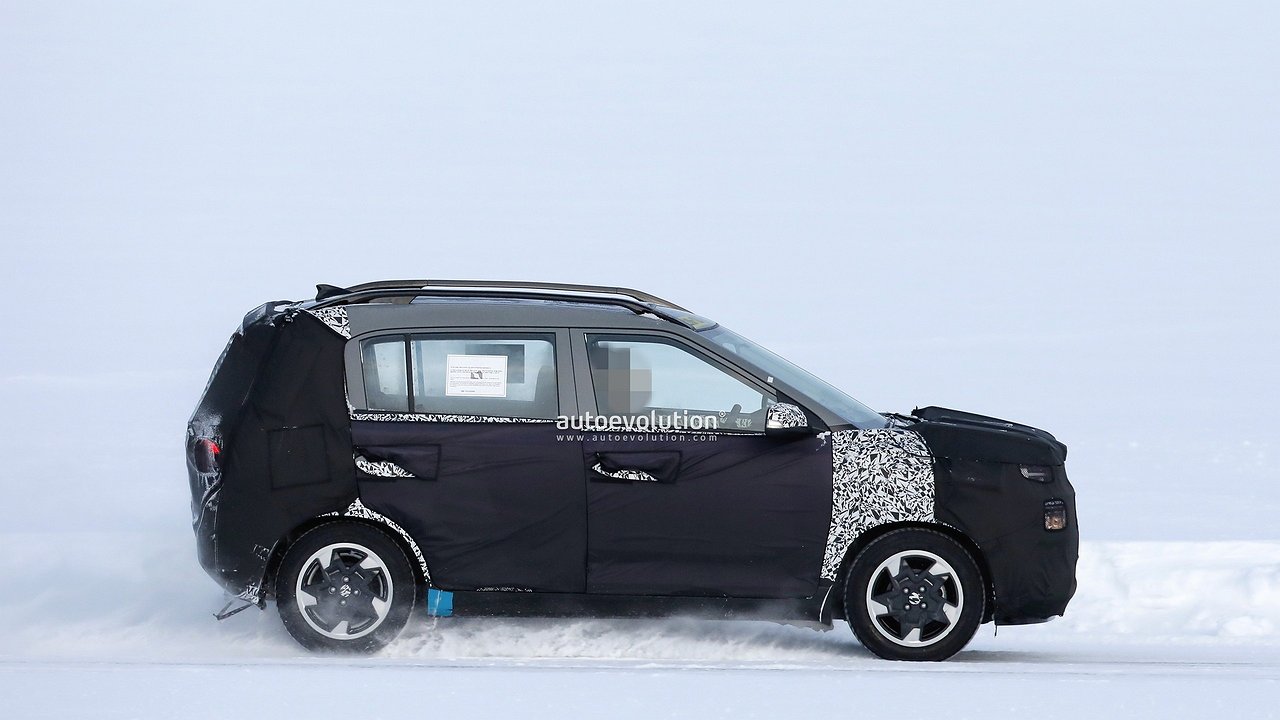Experienced motorists know that the engine must be warmed up before driving. The same should be done with the gearbox. In addition, on some models this operation is vital even in summer, so that the transmission will serve faithfully for many years. And on which one, the AvtoVzglyad portal tells.
Let’s briefly recall that the “automatic” or CVT cannot be warmed up while the vehicle is stationary – this is done in motion, at low speed. It is enough to drive for about five to ten minutes, and then the oil will be evenly distributed throughout the system: it will reach normal temperatures and will then be able to effectively perform its functions. And if you ignore such movements, you can get more wear on parts even in the spring.
For example, in the first generation Range Rover Sport, the six-speed “automatic” produced by ZF turned out to be very delicate structurally, so you need to keep a close eye on it. Frequent slippage of clutches in rural traffic jams leads to rapid deterioration of the lubricant. The result is wear on the torque converter, oil pump bushings, solenoids and the valve body itself. And the electronics are extremely sensitive to the temperature of the lubricant, so “warming up” the transmission is required even in the warm season.
The transmission of the BMW X5 in the back of the E70 (second generation) is subject to the same risks – this crossover has exactly the same assembly. Although things are a bit worse for him: leaks from the oil sump are also possible, among other things.
Let’s not forget that the lubricant cools an expensive unit. And this is another reason to bring it to working condition as soon as possible. Indeed, in some designs, the mechatronic unit is in the box and is “fried” quite quickly – this usually leads to jerks when switching. Especially the ‘fourth’ Land Rover Discovery is known for this.
You should also keep an eye on cars with CVTs, because many materials are used in the production of CVTs: steel, aluminum, rubber, plastic. And everyone has their own optimal temperature range. A “shake” is also necessary for the working fluid: if it has a low viscosity, then the load on the pump drive increases and it pumps up the excess pressure in the system. So you can feel like replacing rubber seals and valves.
If we talk about specific models, the second generation Nissan X-Trail and Mitsubishi Outlander are at risk. In general, the advice to pay more attention to transmissions is relevant for absolutely all car owners who want their car to last as long as possible.
Let’s briefly recall that the “automatic” or CVT cannot be warmed up while the vehicle is stationary – this is done in motion, at low speed. It is enough to drive for about five to ten minutes, and then the oil will be evenly distributed throughout the system: it will reach normal temperatures and after that it will be able to effectively perform its functions. And if you ignore such movements, you can get more wear on parts even in the spring.
For example, in the first generation Range Rover Sport, the six-speed “automatic” produced by ZF turned out to be very delicate structurally, so you need to keep a close eye on it. Frequent slippage of clutches in rural traffic jams leads to rapid deterioration of the lubricant. The result is wear on the torque converter, oil pump bushings, solenoids and the valve body itself. And the electronics are extremely sensitive to the temperature of the lubricant, so “warming up” the transmission is required even in the warm season.
The transmission of the BMW X5 in the back of the E70 (second generation) is subject to the same risks – this crossover has exactly the same assembly. Although things are a bit worse for him: leaks from the oil sump are also possible, among other things.
Let’s not forget that the lubricant cools an expensive unit. And this is another reason to bring it to working condition as soon as possible. Indeed, in some designs, the mechatronic unit is in the box and is “fried” quite quickly – this usually leads to jerks when switching. Especially the ‘fourth’ Land Rover Discovery is known for this.
You should also keep an eye on cars with CVTs, because many materials are used in the production of CVTs: steel, aluminum, rubber, plastic. And everyone has their own optimal temperature range. A “shake” is also necessary for the working fluid: if it has a low viscosity, then the load on the pump drive increases and it pumps up the excess pressure in the system. So you can feel like replacing rubber seals and valves.
If we talk about specific models, the second generation Nissan X-Trail and Mitsubishi Outlander are at risk. In general, the advice to pay more attention to transmissions is relevant for absolutely all car owners who want their car to last as long as possible.
Source: Avto Vzglyad
Donald Salinas is an experienced automobile journalist and writer for Div Bracket. He brings his readers the latest news and developments from the world of automobiles, offering a unique and knowledgeable perspective on the latest trends and innovations in the automotive industry.














